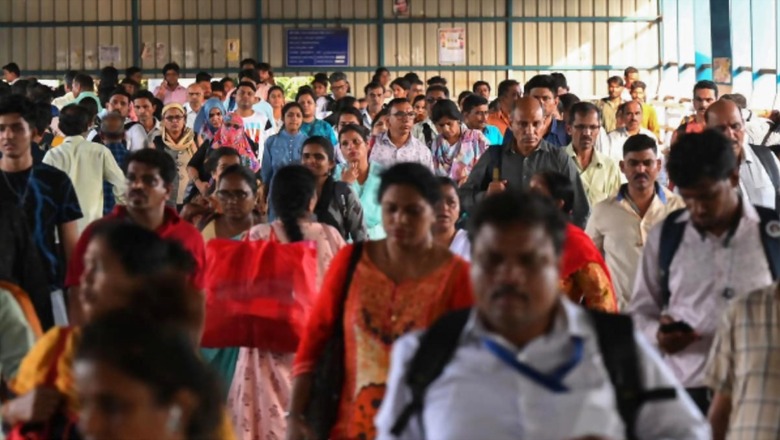
views
The pandemic has evidently had an impact on mental health, at least in the short term. But it’s more complicated to determine whether the phenomenon is affecting all populations worldwide, and whether its effects can take hold over a longer period. According to a new report, India has been hit hard, with an increase in headaches directly linked to stress levels, which have themselves been rising since the start of the pandemic.
Often regarded as one of the major public health issues of our time, along with sedentary lifestyles, the deterioration of mental health is such that in 2022, the World Health Organization (WHO) called on “mental health decision makers and advocates to step up commitment and action to change attitudes, actions and approaches to mental health, its determinants and mental health care.” In the same report, the global health authority recalls that, in 2019, ie, before the pandemic, nearly a billion people were living with a mental disorder, including 14% of adolescents, and that depression and anxiety levels jumped by more than 25% in the first year of the Covid-19 pandemic alone.
Work pressure and financial problems
A new report conducted by HANSA Research for Saridon, a drug brand from Bayer’s Consumer Health division in India, reveals that the world’s most populous country has not escaped this worrying trend — quite the contrary. Over 5,310 people aged between 22 and 45 from 20 cities were interviewed for the study, which reports that 93% of respondents who experienced headaches reported a significant increase in headaches, linked to elevated stress levels. This finding should be viewed in the context of another figure: one in three people surveyed considered themselves to be more stressed post pandemic, although the causes cited by the panel were not (all) directly linked to health issues.
Among the stress factors cited by those surveyed, financial problems and work pressure top the list, for both working and non-working people. Next come health problems and family conflicts, which were also stress factors for the survey panel. “The findings highlight the need for effective stress management strategies in a post-pandemic world,” the researchers explain in a news release. Stress levels have increased by 12% and 13% in the 26-35 and 36-45 age groups respectively, compared to the pre-pandemic period, and the 26-35 age group is considered the most stressed generation (87%).
Mumbai is India’s “headache capital”
While stress leads to an increase in headaches, it can also affect attention. Nearly 40% of respondents say, for example, that they find it more difficult to concentrate fully on day-to-day tasks, and almost half say that a reduction in workload — whether linked to professional responsibilities or household chores — would help remedy this problem.
Among the report’s other findings, the researchers note that Mumbai is considered the country’s “headache capital.” In any case, it is the one and only major city (tier 1 city) where the incidence of headaches exceeds 90%, just ahead of Chennai (89%). Tier 2 cities include Ahmedabad and Bhubaneswar, where no less than 99% of residents claim to suffer from headaches.


















Comments
0 comment